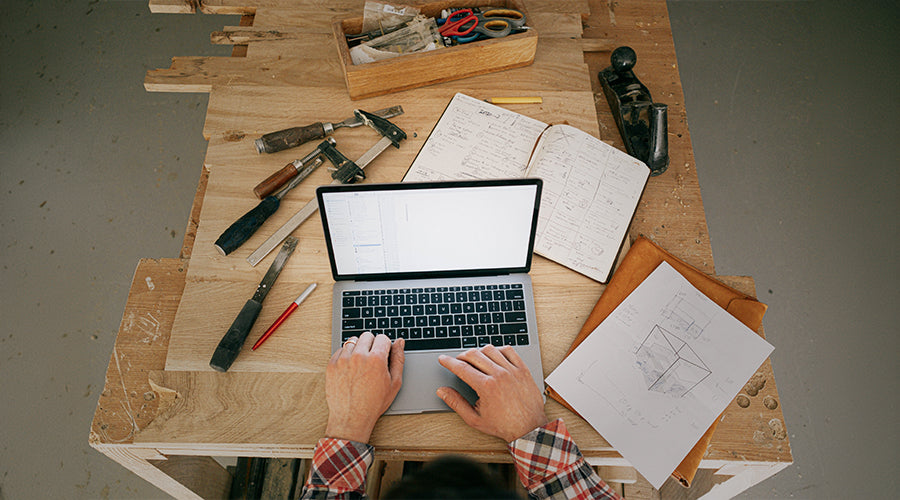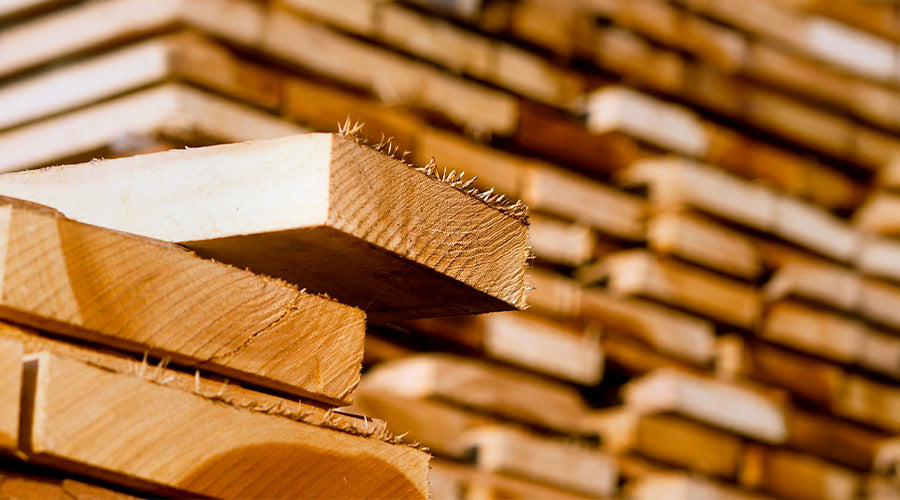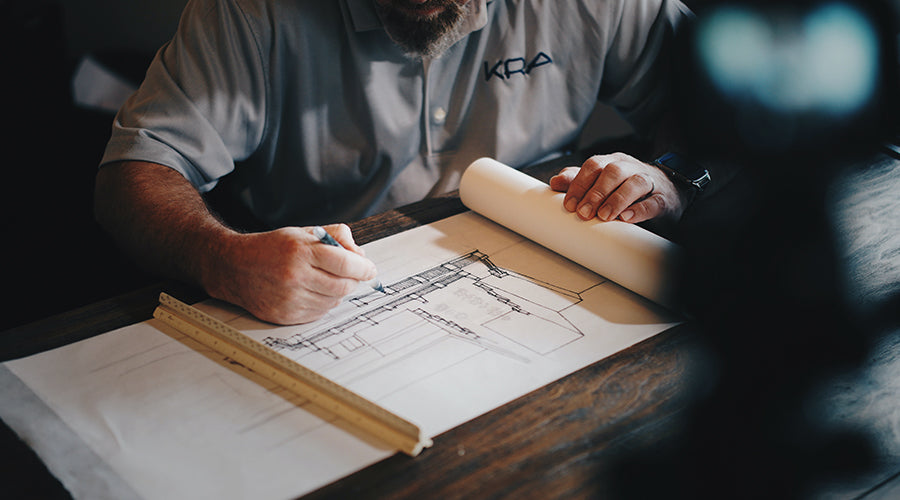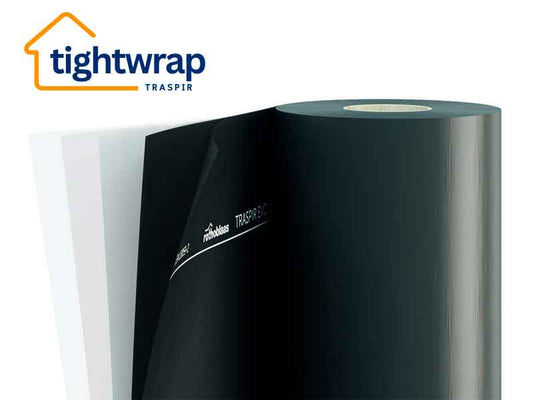
Adhesive membranes
Secure, self-adhesive membranes for lasting protection
Adhesive membranes offer a modern and efficient solution for roofing, waterproofing, and structural protection. Designed for ease of installation and strong adhesion, these membranes provide a seamless, watertight barrier without the need for traditional fixings or heat application.
Whether you're working with a flat roof, external walls, or below-ground structures, self-adhesive membranes deliver long-lasting moisture protection while simplifying the installation process. From self-adhesive roof membranes for flat roofs to self-adhesive waterproof membranes for foundations and basements, these innovative materials ensure high performance and durability.
Our high-performance adhesive membranes offer strong, reliable bonding for airtight and waterproof sealing. Designed for quick and easy installation, they provide excellent protection against moisture, air leaks, and weather exposure. Explore our adhesive membranes today.
-
Traspir EVO UV Adhesive 250 'Tightwrap' - External Air Tightness Barrier Membrane
Regular price £723.09 GBPRegular priceUnit price / per
How do adhesive membranes work?
Adhesive membranes are manufactured with a self-adhesive backing, allowing them to bond directly to a surface without additional adhesives, fasteners, or heat welding. These membranes typically feature:
- A high-performance waterproofing layer – often made of bitumen, rubber, or synthetic materials, ensuring resistance to water ingress and weather damage.
- A peel-off protective backing – allows for quick, mess-free installation.
- Strong adhesion to various surfaces – suitable for timber, concrete, and metal roofing, ensuring a secure, airtight seal.
For flat roofs, a self-adhesive roof membrane provides a durable and flexible waterproof barrier, preventing leaks while accommodating roof expansion and contraction. In below-ground applications, self-adhesive waterproof membranes help protect basements, foundations, and retaining walls from damp and water ingress.
What are the benefits of adhesive membranes?
Easy and quick installation - Unlike traditional roofing and waterproofing membranes, self-adhesive membranes do not require heat welding, mechanical fixings, or additional adhesives, making them faster and safer to install.
Superior waterproofing - A self-adhesive waterproof membrane provides a seamless, watertight barrier that protects against rain, damp, and moisture penetration.
Suitable for multiple applications:
- Self-adhesive roof membranes – ideal for flat roofs, pitched roofs, and metal sheet applications.
- Below-ground waterproofing – protects basements and foundations from water ingress.
- Structural waterproofing – used for external walls, retaining walls, and wet areas.
High durability and flexibility - Self-adhesive membranes can accommodate building movement, temperature fluctuations, and structural settling, reducing the risk of cracks or leaks over time.
Cost-effective and low maintenance - By eliminating the need for complex fixing systems, adhesive membranes provide a cost-effective waterproofing solution with minimal ongoing maintenance requirements.
What to consider when choosing an adhesive membrane?
Selecting the right self-adhesive membrane depends on several key factors:
Application type
- Self-adhesive roof membranes – designed for flat and low-pitched roofs, providing long-term waterproofing.
- Self-adhesive waterproof membranes – used for basements, walls, and other below-ground applications.
Surface compatibility - Ensure the adhesive membrane is suitable for the material it will bond to, such as concrete, timber, metal, or insulation boards. Some surfaces may require a primer to enhance adhesion.
Waterproofing and breathability
- Fully waterproof membranes are essential for flat roofs and underground waterproofing.
- Breathable self-adhesive membranes are better for walls and ventilated structures where moisture control is required.
UV resistance and exposure duration - Some self-adhesive membranes degrade when exposed to direct sunlight. If left uncovered for extended periods, UV-resistant membranes should be used.
Installation and overlap requirements - Different membranes require specific overlaps, edge sealing, and preparation steps. Always follow manufacturer guidelines to ensure optimal performance.
What is the best self-adhesive membrane?
The best self-adhesive membrane depends on the intended application and environmental conditions:
- Best for flat roofs – self-adhesive roof membranes designed for durability, flexibility, and UV resistance.
- Best for below-ground waterproofing – bitumen-based self-adhesive membranes offer high resistance to water ingress.
- Best for structural waterproofing – elastomeric self-adhesive waterproof membranes provide superior flexibility and adhesion to walls and foundations.
Choosing the right self-adhesive membrane ensures long-term moisture protection, durability, and ease of installation.
Are self-adhesive membranes waterproof?
Yes, self-adhesive membranes are designed to be waterproof, creating an impermeable barrier against rain, groundwater, and damp penetration.
However, waterproofing effectiveness depends on:
- Proper installation – ensuring all seams and overlaps are correctly sealed.
- Surface preparation – some materials require priming before application to maximise adhesion.
- Exposure to extreme conditions – UV-resistant variants may be required for roofs exposed to prolonged sunlight.
How to install a self-adhesive membrane?
Step-by-step guide to installing a self-adhesive membrane
1. Preparing the surface
- Ensure the roof or wall surface is clean, dry, and free from dust or debris.
- If required, apply a primer to improve adhesion on porous or rough surfaces.
2. Rolling out the membrane
- Start at the lowest point and work upwards to ensure proper water runoff.
- Lay the self-adhesive membrane in position before removing the backing.
3. Peeling and sticking
- Carefully peel back the protective film while pressing the membrane firmly onto the surface.
- Use a roller or hand pressure to eliminate air bubbles and ensure full adhesion.
4. Overlapping and sealing joints
- Overlap each sheet by at least 100mm to create a continuous waterproof barrier.
- Use self-adhesive membrane tape or manufacturer-approved sealant for edge sealing.
5. Final fixing and protection
- Ensure all joints are securely sealed before applying roofing materials, insulation, or cladding.
- If the self-adhesive roof membrane is exposed, ensure it is UV-resistant or covered with an appropriate protective layer.
Correct installation of a self-adhesive waterproof membrane ensures long-term durability, leak prevention, and enhanced building protection.
Self-adhesive membranes provide a fast, efficient, and highly effective waterproofing solution for roofs, walls, and below-ground structures. Whether you're installing a self-adhesive roof membrane for a flat roof or using a self-adhesive waterproof membrane for structural protection, these membranes offer long-lasting performance with minimal installation complexity.
By selecting the right adhesive membrane and ensuring correct installation, buildings remain dry, weatherproof, and well-protected for decades to come.
Timber build advice:
-

How to soundproof a timber house?
Find out how -

How to connect timber to…..?
Find out how -

How to fix timber build noise issues?
Find out how
Need advice on your timber project?
Our team of experts are ready to assist you with any questions or guidance you may need for your timber construction. Whenever you're ready to delve deeper into the possibilities, feel free to reach out to us.




